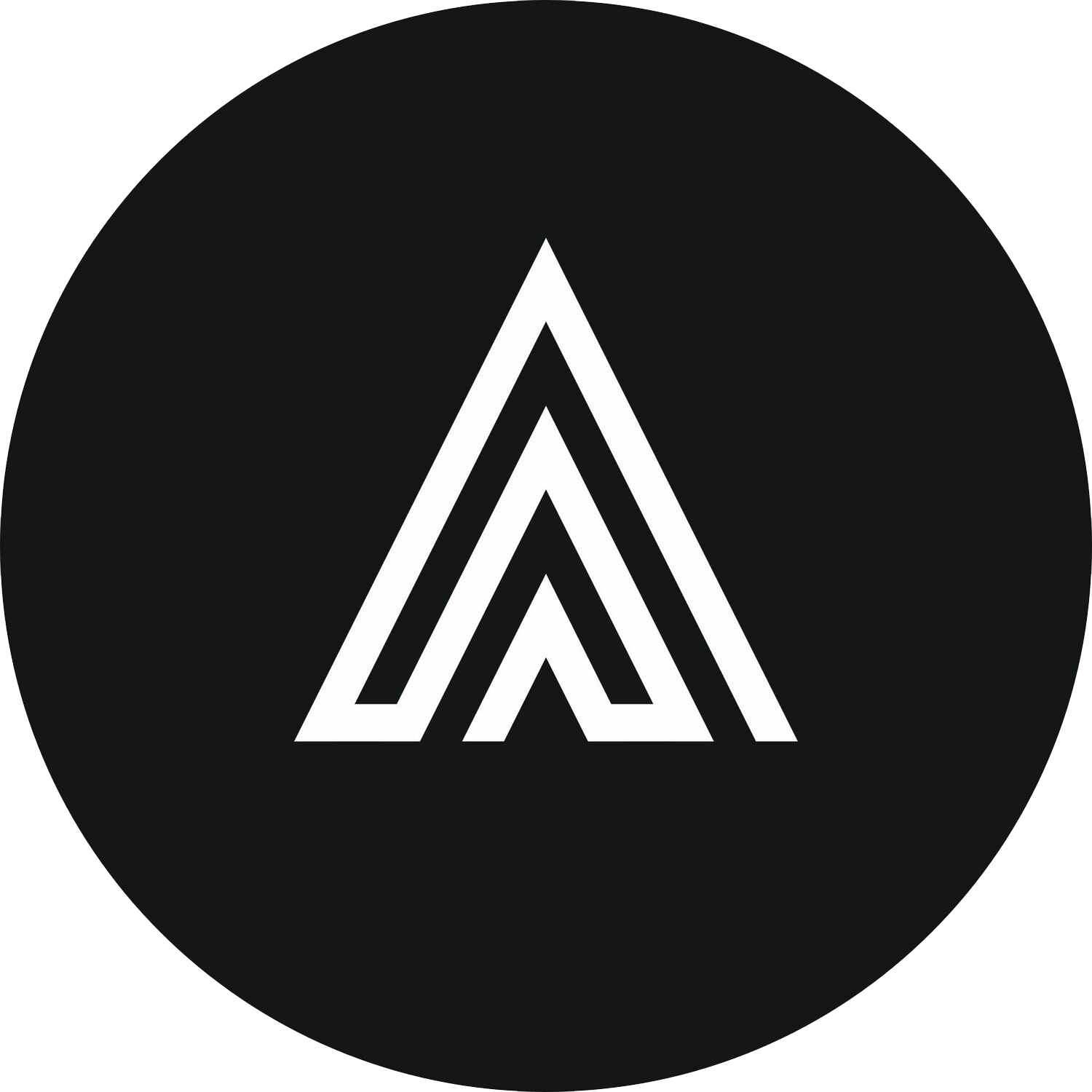Training system
A tried and tested training system covering all bases.
Our ski instructor training system is meticulously designed to ensure you develop the necessary skills and confidence to excel as a professional ski instructor. The program integrates skills-based content, benchmarks progress using Fits & Posner's skill acquisition model, employs planning tools for effective training mapping, and includes shadowing, practising, gym time, and rest time to optimize exam readiness.
Skills-Based Content
The foundation of our training system is skills-based content. This includes theoretical knowledge and practical skills essential for skiing and instructing. The curriculum covers:
Ski Techniques: Fundamental to advanced skiing techniques.
Teaching Methodologies: Effective ways to teach different age groups and skill levels.
Safety Procedures: Essential safety protocols and what-if scenarios.
Customer Service Skills: Communication and interpersonal skills to enhance client experience.
Fits & Posner's Skill Acquisition Model
We benchmark your progress using Fits & Posner's three-stage model of skill acquisition:
Cognitive Stage:
Focuses on understanding the basic techniques and concepts.
Involves a high level of conscious thought and trial-and-error learning.
Associative Stage:
Enhances performance through practice.
Errors are reduced, and movements become more fluid and reliable.
Feedback is crucial for fine-tuning skills.
Autonomous Stage:
Skills become automatic and consistent.
Allows focus on more advanced techniques and instructional strategies.
Planning Tools
We provide tools to help you map out your training journey effectively:
Training Schedule: A detailed plan outlining daily and weekly training activities.
Progress Tracker: Tools to monitor your skill development and identify areas needing improvement.
Goal Setting: Frameworks for setting short-term and long-term goals.
Shadowing
Shadowing experienced instructors is a critical component:
Observational Learning: Gain insights into real-world teaching scenarios.
Mentorship: Receive guidance and feedback from seasoned professionals.
Practical Exposure: Understand diverse teaching techniques and adapt them to your style.
Practicing
Consistent practice is key to mastering skiing and teaching skills:
On-Snow Practice: Regular sessions to hone your technical skiing and move through skill acquisition.
Free ski: This can be with our without coaches, but ultimately you are skiing the whole mountain in a style that’s appropriate for the snow and terrain. We sometimes call this the “coaches Freeski” it’s really important practise time to explore techniques and try new things in an open setting.
Simulation Exercises: Role-playing different teaching scenarios to build confidence and adaptability.
Gym Time
Physical fitness is crucial for a ski instructor:
Strength Training: Focus on building muscle strength essential for skiing and develop area’s of your fitness or movement patterns that are blocking you on snow.
Cardiovascular Fitness: Enhance stamina and endurance.
Flexibility Exercises: Improve range of motion and prevent injuries.
Rest Time
Adequate rest and recovery are integral to the training process:
Scheduled Rest Days: Ensure you have days off to recover and avoid burnout.
Sleep Management: Emphasize the importance of quality sleep for physical and mental recovery.
Active Recovery: Include activities like yoga or light stretching to aid muscle recovery.
Exam Readiness
All these components work together to prepare you thoroughly for skiing in the future:
Mock Exams: Conduct simulated exams to familiarise you with the format and pressure.
Performance Feedback: Regular assessments to provide constructive feedback and areas for improvement.
Confidence Building: Ensuring you feel confident and competent in both skiing and teaching skills.
By following this comprehensive training system, you will be well-prepared to not only pass your instructor exams but also learn the craft of skiing. You will be ready to embark on a successful career as a ski instructor.


